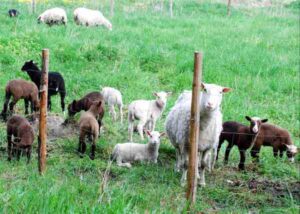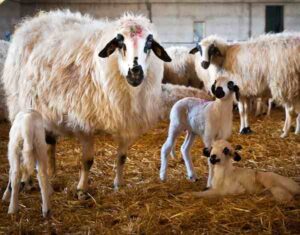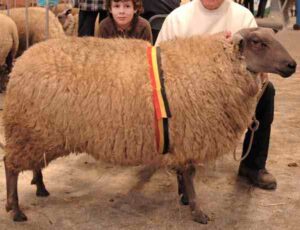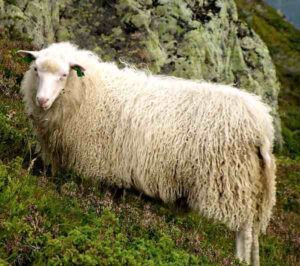The Faroe sheep is a breed of domestic sheep which is native to the Faroe Islands. It is a very old breed and was first introduced in the 9th century. It has long been an integral part of the island traditions. Meaning of the term ‘Faeroe‘ is sheep island, and the animal is depicted on the Faroe Island’s historic coat of arms. It is a very hardy breed and is small in size, and the breed is one of the Northern European short-tailed sheep breeds.
Scottish sheep were imported during the late nineteenth and early twentieth centuries, mostly in order to produce better wool. This has resulted in some Faroese sheep being of a mixed breed, but the majority of the animals are still pure. The Faroe sheep are mostly related to the Norwegian Spaelsau and Icelandic sheep. Read some more information about this breed below.
Faroe Sheep Characteristics
The Faroe sheep are smaller sized animals. They generally occur in many different colors naturally, with at least 300 different combinations with each their own unique name. The rams are horned, but most of the ewes are naturally polled.
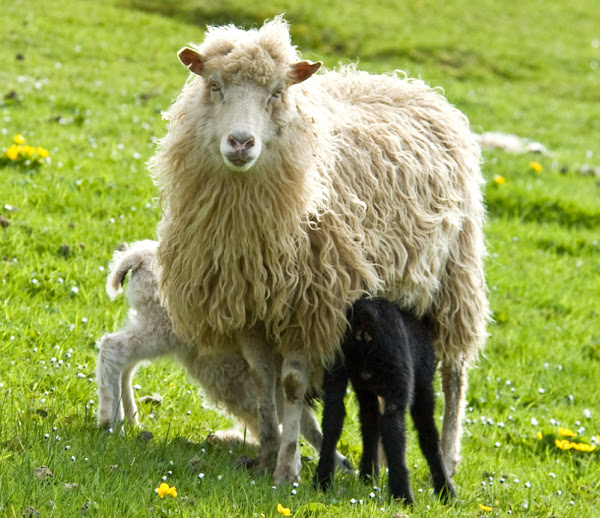
Average live body weight of the mature Faroe rams is between 20 and 41 kg. And the mature ewe’s live body weight is around 20 kg. Photo and info from Wikipedia.
Uses
The Faroe sheep is a meat sheep breed. It is raised mainly for meat production.
Special Notes
The Faroe sheep are smaller sized animals, but are very hardy. They are well adapted to the local climates, and usually will range freely year round in small groups in pastureland (which ranges from meadows to rugged rocky mountaintops and lush bird-cliffs). They have very little flocking instinct.
Today, the breed is raised mainly for meat production. But it was traditionally used for producing wool and wool products. However, review full breed profile of this breed in the chart below.
| Breed Name | Faroe |
| Other Name | None |
| Breed Purpose | Mainly meat |
| Special Notes | Very hardy and strong animals, active, well adapted to their local climates, usually range freely year round in small groups, have very little flocking instinct, raised mainly for meat, used for wool production previously |
| Breed Size | Small |
| Weight | Mature ram’s body weight vary from 20 to 41 kg, and mature ewe’s body weight is around 20 kg |
| Horns | Rams are horned, but the ewes are polled |
| Climate Tolerance | Native climates |
| Color | Many |
| Rarity | Common |
| Country/Place of Origin | Faroe Islands |
